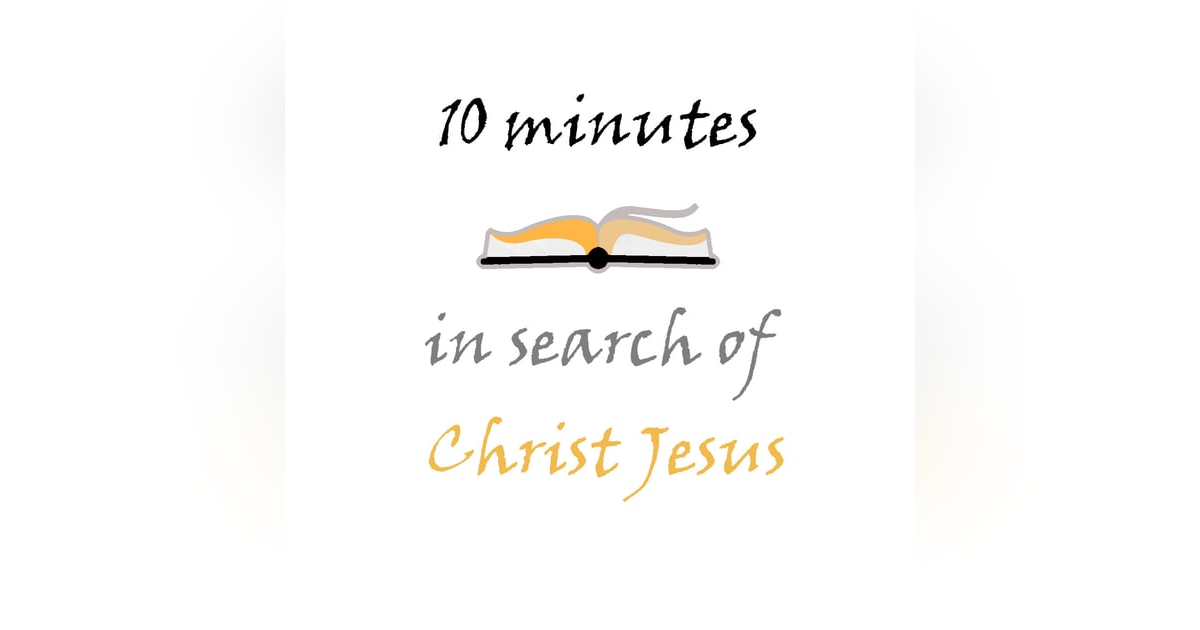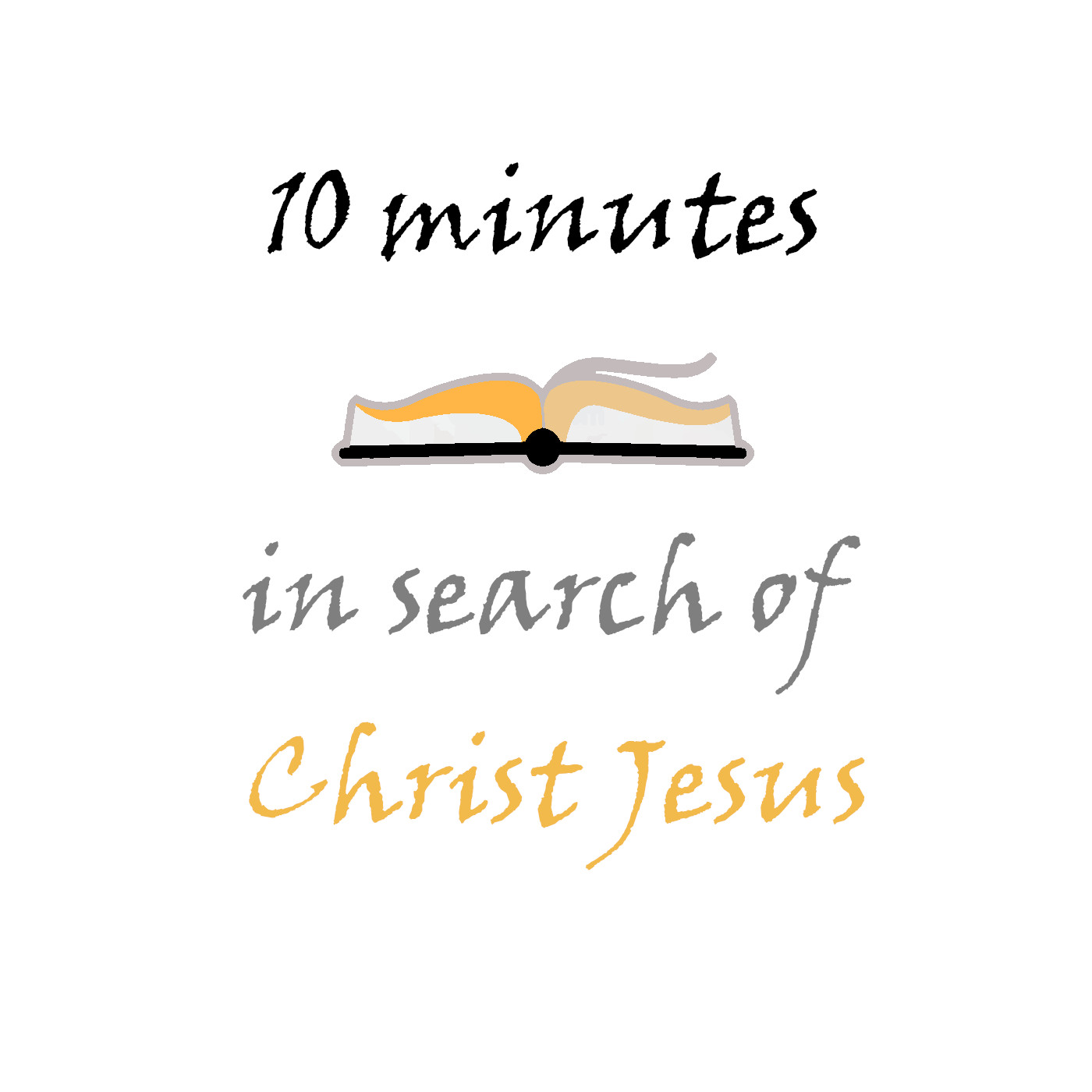Matthew 13:26


Thursday, 2 October 2025
But when the grain had sprouted and produced a crop, then the tares also appeared. Matthew 13:26
“And when it sprouted, the grass, and it yielded fruit, then it appeared, also, the darnel” (CG).
In the previous verse, Jesus noted that the field of wheat was invaded by an enemy who went in and sowed darnel among the wheat. With that action accomplished, it next says, “And when it sprouted, the grass, and it yielded fruit.”
When the two plants first begin to grow, they are almost indistinguishable. Both look like grass in their early stages. So much is this the case that only the most observant person would be able to tell the difference. But nobody would normally look for such differences, assuming that all of the field was sown with wheat, which is what originally occurred.
However, as the two plants continue to grow, noticeable differences begin to occur. The color of the wheat begins to turn the familiar golden brown, and the heads will begin to nod or bow on the stem as they approach harvesting time. The darnel, however, remains greener and continues to stand upright. It is as this maturing time approaches that Jesus says, “then it appeared, also, the darnel.”
The evident differences have alerted the farmers that there is a problem. Darnel has been found among the wheat. This is a problem that must be rectified. However, as will be seen, the decision of how to do so must be handled by the owner.
Life application: The differences between the wheat and the darnel can teach us things that the people of Israel would already know. They were an agrarian society, and these things would be common knowledge as the people interacted with the farms each year.
Wheat is a grain crop. Its seeds are nutritious and are used to make flour for bread, pasta, cakes, pasties (oh! pastries), crackers, etc. The straw also has uses, such as insulation, animal bedding, paper, etc. Further, the wheat byproducts can be used in animal feed. These include the bran and the germ. The whole plant has some uses that are beneficial. There are seven stages of wheat growth –
Growth Stage 1: Germination. When the seed absorbs water, growth from the seed’s dormant state begins.
Growth Stage 2: Leaf Development. The sprout rises and forms.
Growth Stage 3: Tillering. The grass forms new stems or shoots from its base, thus increasing the overall density.
Growth Stage 4: Stem Elongation. The stems continue upward, preparing for the next stage.
Growth Stage 5: Booting. The head, now fully formed, is enclosed within the swollen sheath of the flag leaf. This is just before the head fully comes forth.
Growth Stage 6: Inflorescence Emergence, Heading. It is when the visible appearance of the grain, known as the inflorescence, emerges. This is the transition point between the vegetative and reproductive phases.
Growth Stage 7: Flowering, Anthesis. The blossoms open and become functional, and the reproductive stage is realized.
Darnel grows about the same height and the same speed as wheat, mimicking it until a certain point. The seeds are much lighter than the wheat, and this is why they continue to stand up while the wheat bows. Darnel is poisonous to both humans and livestock. Their side effects are dizziness, nausea, and even death when consumed in high amounts.
The roots of the two plants can get intertwined. Because of this, an obvious negative effect of pulling the darnel out is seen. This is why their state must be decided by the owner. As for the end purpose, wheat is harvested, processed, and the grain is stored as a valuable source of food. The darnel, however, is separated from the wheat, heaped up, and burned.
Reread the two descriptions (which are not all-inclusive of their traits) and think about how closely each represents what you would expect as you evaluate teachers, preachers, and congregants within the larger church (or within the people of Israel at the time of Jesus).
Think about churches with proper doctrine, sound handling of Scripture, and proper growth of the people. Contrast them with other churches you may have attended, or church figures you may have seen on TV, or heard about.
Lord God, even the grasses of the fields can teach us lessons about You, Your wisdom, what You cherish among people, and what You find repulsive and offensive. If we just open our eyes and compare the world around us to what You tell us in Your word, we can learn so very much. Help us to do so as we interact with Your word and the world we live in. Amen.







